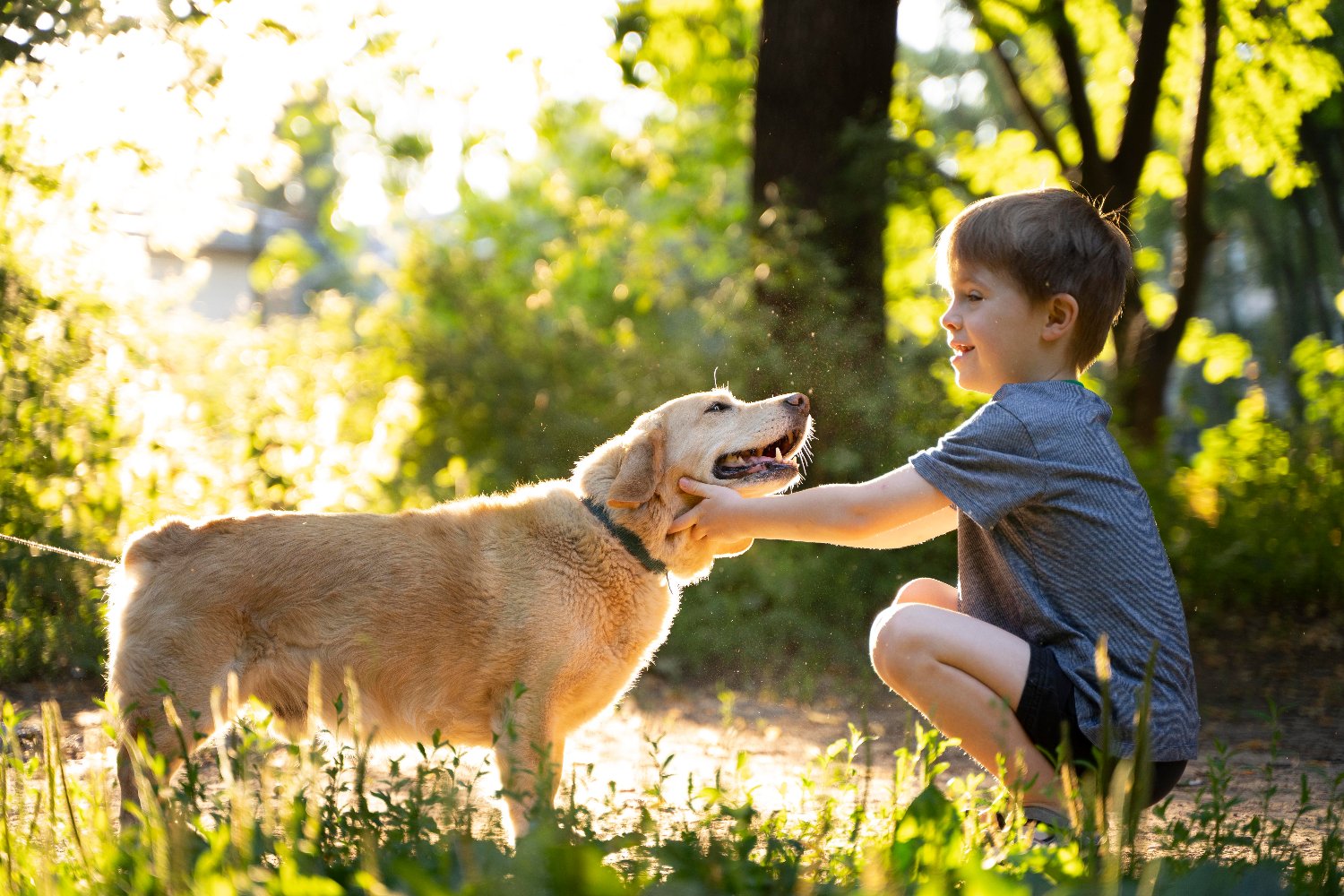Bringing a pet into your family is a joyous occasion that comes with countless benefits. Pets offer companionship, teach valuable life lessons, and provide a unique opportunity to nurture responsibility in children. By involving your kids in family pet care, you can help them develop essential skills like accountability and compassion, all while creating a strong bond between them and your furry friends. In this guide, we’ll explore the many ways to teach your children pet responsibility and how it positively impacts both their growth and your family pet’s well-being.
Why Is Teaching Pet Responsibility Important?
Teaching children to care for a pet goes far beyond ensuring the pet’s basic needs are met. It’s about fostering a sense of empathy, creating structured routines, and instilling a sense of pride in fulfilling responsibilities. Kids who grow up caring for pets often develop better emotional intelligence, problem-solving skills, and an understanding of the world around them.
By teaching kids about pet care, you help them learn the value of nurturing another living being. Pets rely on their human family members to ensure their health and happiness. This reliance gives children a chance to see the direct impact of their actions on another life. A child who remembers to feed the dog on time or clean the fish tank learns the value of consistency and responsibility.
Steps to Teach Responsibility Through Family Pet Care
1. Start with Age-Appropriate Tasks
Children of different ages can handle different levels of responsibility. Younger children might be better suited for simple tasks like filling a water bowl, picking up toys, or handing you the pet’s leash before a walk. Older kids can take on more complex responsibilities, such as feeding, walking the dog, or cleaning the pet’s living area.
- Toddlers (2–4 years): Help pick up pet toys, observe grooming, or assist with filling water bowls.
- Early School Age (5–7 years): Feed the pet under supervision, help brush the pet, or monitor playtime.
- Older Kids (8+ years): Take the dog for walks, clean the litter box or cage, and assist with vet visits.
2. Lead by Example
Children are natural mimics—they often learn by observing adults. Show them how to care for pets by performing tasks like grooming, feeding, or cleaning in front of them. Explain the importance of each task and how it contributes to family pet health. When your child sees you leading with care and patience, they’ll be more likely to replicate these actions themselves.
3. Emphasize the Importance of Pet Health
Explain to your children why proper pet care matters. Discuss how feeding pets the right food, giving them fresh water, and keeping their living area clean impacts their well-being. Use simple examples like, “If we don’t feed Buddy on time, he’ll feel hungry and tired, just like we would!”
4. Create a Routine Together
Consistency is key in pet care, and children thrive on routines. Work with your child to create a daily or weekly schedule for pet-related tasks. A visual chart or checklist can help younger kids stay engaged and remember their responsibilities.
Building Empathy Through Interaction
One of the most rewarding aspects of involving children in pet care is the bond it creates between them and the pet. Encourage your child to spend time interacting with your family pet through play, cuddles, or simply sitting nearby. These moments allow kids to observe and understand the pet’s emotions and behavior, fostering empathy.
Conclusion
Teaching kids pet responsibility is one of the most rewarding aspects of pet ownership. By involving them in family pet care, you foster compassion, accountability, and a stronger connection to your family pet. Through simple tasks and quality time, children gain a deeper understanding of responsibility and the impact their actions have on others.
For more helpful tips on pet care and fostering a loving bond with your furry friends, visit TalkyTails, your trusted resource for pet-helping articles and insights that make pet parenting easier.



